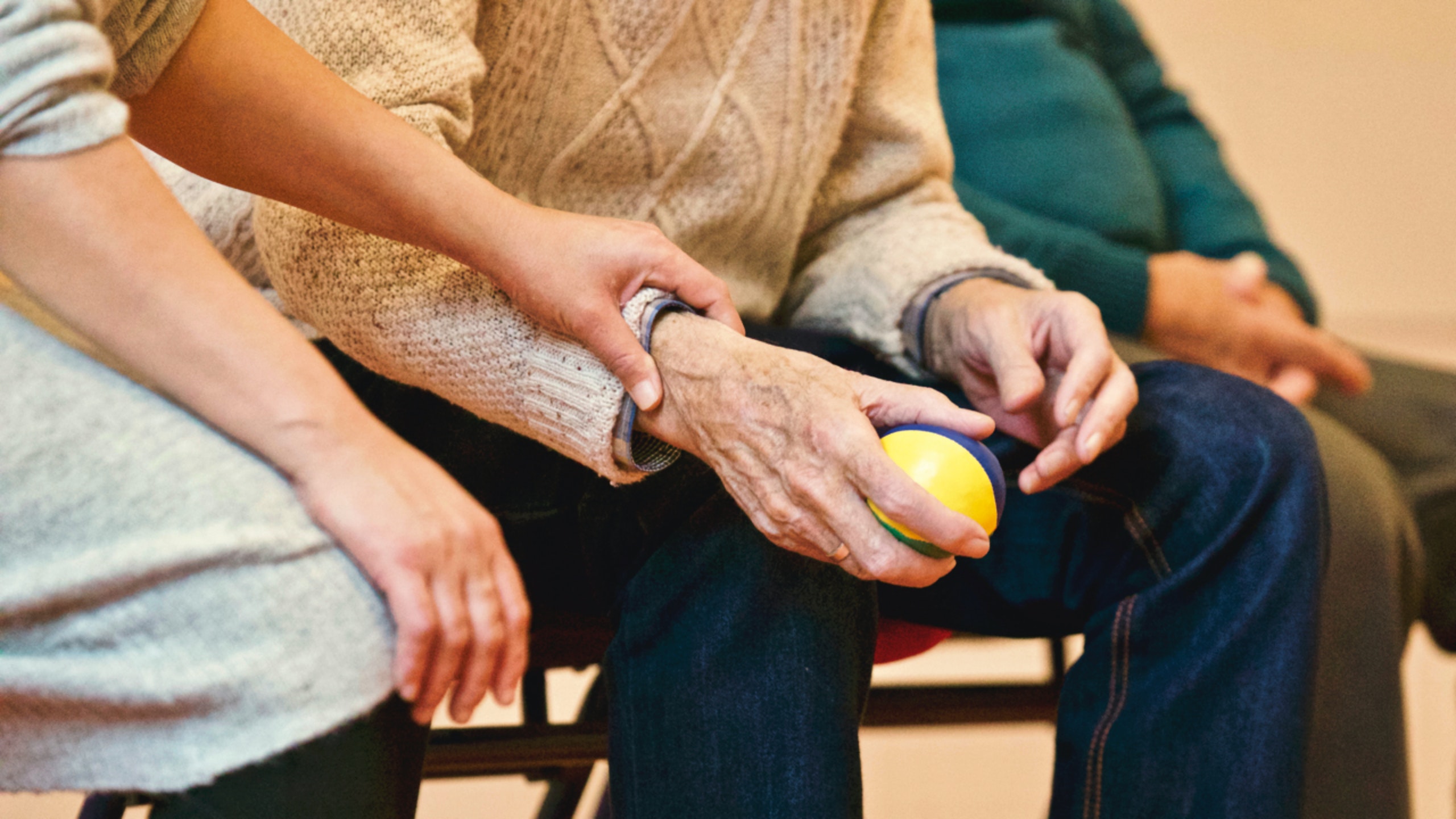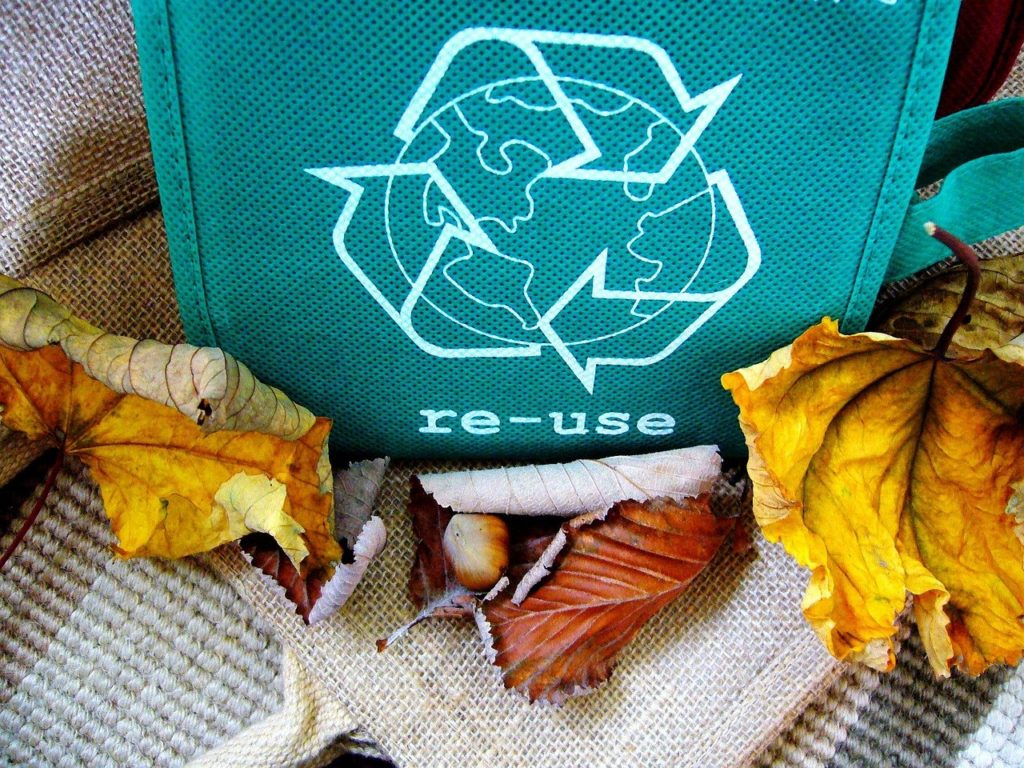Caroline Wiemar and Kerry Harman from the Centre for Social Change and Transformation in Higher Education discuss the ongoing challenges faced by homecare workers since the homecare sector was privatised in the 1990s.

Photo courtesy of Matthias Zomer
The invisibility of women’s work has been documented by feminist scholars for decades (see DeVault, 2014) and here we are in 2020 and, for paid homecare workers in the UK (and many other countries), the situation has not improved. Indeed, things have gotten a lot worse. While the COVID-19 crisis has drawn attention to the importance of ‘key workers’, particularly those employed in the care sector, proposed government immigration policy which prevents ‘low skilled’ workers entering the UK, including care workers, makes the weekly ‘clap for our carers’ feel like shallow rhetoric. Indeed, Hayes and Walters point to ‘the exploitation of care workers for political profit’ during the pandemic.
So what do we know about these homecare workers that, until quite recently, have been largely invisible? Annual reports on adult social care workforce data provide an overview of the workforce in England. Approximately 295,000 care jobs are in care home services with nursing; another 305,000 jobs in care only home services and the majority of jobs are in homecare, with 520,000 employed in this work. In other words, the provision of paid care is a major industry in the UK. Of the homecare workforce, approximately 50% were employed on zero-hours contracts, 84% were female, the average worker was 43 years old, 83% were British, 7% were EU (non-British) and 9% were non-EU. Across the care sector, there are large variations in ethnicity by region with London having the most diverse workforce (67% BAME) and the North East the least diverse (96% white). So homecare workers are likely to be more mature women, on precarious employment contracts, and Black or from a minority ethnic background if they work in London and white if they work in the North East.
While the outbreak of COVID-19 has contributed to a recognition of the ‘crisis in care’, a number of reports over many years indicate the homecare sector was in crisis well before the pandemic (BBC Panorama, 2019; Gardiner, 2015; Holmes, 2016; Koehler, 2014; UNISON, 2016). A shift to the outsourcing of this work to the private sector by local authorities during the 1990s had resulted in a race to the bottom in terms of hourly rates of pay and overall employment conditions for homecare workers (Hayes, 2017). This is exacerbated by an aggressive tendering process which often forces smaller, local agencies to eventually close their doors. The experience of working in the sector and changes that have taken place since the 1990s is provided in the following account by one of the authors:
I started working in the care sector 31 years ago when I got a part-time job as a ‘home help’ with the local council. My role was to help elderly disabled people in their own homes and to maintain their independence by doing shopping, laundry, housework, getting medications. The pay and conditions were good, with paid annual leave and sick pay. It was a satisfying job to strike up a relationship with the people I helped, hearing their stories of the past. I had time to have a conversation with them, which they enjoyed as sometimes I was the only person they might see that week. Then after a few years we were renamed ‘homecare workers’. With this title came changes –service users times were cut and they started to charge for their care. We had to do more in less time.
When the council outsourced homecare we were transferred to a non-profit organisation and we all had to take a pay cut. Our hours were cut, as well as sick pay and annual leave. If we did not take these cuts we did not have a job. You keep going because the vulnerable need your assistance. It’s not their fault we now work for less than previously. Then the non-profit organisation lost the contract and we were transferred over to a profit making company. I cared for a lady called Edna for just over ten years and she saw the changes with me. Edna had no family and I became her family. I used to get half an hour in the morning to give her a bath, dry her, help her dress, give her a drink, breakfast and medication. I used to go in earlier, just so I didn’t have to rush, as I knew I could not do all that in the time I had been given. We would have our conversation while I was carrying out my tasks. I would do all the things she no longer could because she was hard of hearing, like making phones calls. I’d organise appointments to doctors, hospital, medications and go with her in my own time. I’d make sure she had food, clean clothes – all things we able people take for granted. Over the years carers have lost pay, conditions, working hours and time to care.
Homecare is a low paid job and carers are not recognised for what they do . All I ever wanted was to have time to care, to give the person that I care for their dignity and independence – make them feel valued as a person and that they matter. Carers are everything to our service users – we are carers, nurse, secretary, friend, relative, the go to person who can sort everything out. Most of it is done in our own time. Sadly, my Edna passed away. She was classed as a vulnerable adult, but how vulnerable did she have to be to get the time and care she should of had? How long can carers go on giving their all and not being recognised and respected, on low pay and zero hours contracts? Carers look after the vulnerable but who looks after the carers?
(also listen to Caroline at a recent ‘How might we recognise the value of homecare provision?’ event at Birkbeck)
The ongoing ‘crisis in care’ resulting from the privatisation of the care sector since the mid-1990s points to the urgency of public policy interventions, backed by the resources to enable local authorities to bring homecare services back in-house. This would make it possible for fair wages to be paid and better working conditions for homecare workers across the country. Public policy interventions would also make it easier for trade unions to organise care workers, which is extremely challenging in the private care sector.
Another possible solution to the crisis in care in the UK has been a call for the professionalisation of the sector and this is usually accompanied by proposals for training and development. However, will more training and development get to what we believe is the heart of the problem, which is the ongoing failure to attend to the often embodied skills and knowing that homecare workers have developed in and through their everyday practices and experience at work? Indeed, many training and development programmes are underpinned by the same set of assumptions on what counts as ‘good care’ and who knows about ‘good care’ that work to make the everyday knowing in practice of homecare workers invisible. As Weimar points out above, carers are also: ‘nurse, secretary, friend, relative, the go to person who can sort everything out’ and this is not ‘low skilled’ work.
During 2018/19, a participatory project with homecare workers was started in two boroughs in London called the ‘Invisible work, invisible knowledges?’ project. The authors met during that project. The purpose of the project was to make contact with homecare workers and find out more about their everyday experiences at work as part of a planned larger project on ‘Reimagining care’. One of the authors met with 13 homecare workers overall, in either individual or small group meetings, and the conversation usually started with: ‘Can you tell me what happens during a normal day at work? Is there such a thing as a ‘normal’ day?’ She was interested in hearing from homecare workers about what they actually do and, as part of these conversations, the homecare workers would often talk about the challenges they experience in their daily work. The resounding problem identified by care workers was the lack of time in the Care Plans[1] they are given to complete their work in a way that enables the people they care for to be treated with dignity and respect. This has resulted in many homecare workers providing additional hours of unpaid care to provide a level of care to care recipients that they consider adequate. As one care worker said, ‘If you see that there’s no food in the fridge, are you going to let someone go hungry?’ This is a reminder that, sometimes, care workers are the only point of contact that care recipients have with the outside world.
Another issue raised was the precarity of homecare workers’ employment contracts. The majority of care workers in London are employed by private agencies, with a large percentage on zero-hour contracts. Many care workers spoke about contracts that had eventually dwindled to very few hours work each week and the need to look for work elsewhere. A reduction in weekly hours was often connected with concerns raised by the care workers about the welfare of their clients/their working conditions. This is an issue that has been raised recently by the MP for Nottingham East, Nadia Whittome.
One outcome from the first stage of the project has been establishing a core group of homecare workers who are interested in documenting their embodied skills and knowledges which are so often overlooked. A crucial aspect of the research is recognising these workers as active producers of knowledge on care rather than passive recipients of knowledge produced in the academy and it is for this reason that homecare workers must be paid as co-researchers on the project. We are hoping the research will contribute to changing the ways care is able to be imagined as well as more democratic processes for developing policy on care, which includes homecare workers getting a seat at the policy making table.
To find out more about the ‘Reimagining Care’ project contact Kerry Harman.
References
DeVault, M. L. (2014). Mapping Invisible Work: Conceptual Tools for Social Justice Projects. Sociological Forum, 29(4), 775-790. doi:10.1111/socf.12119
[1] These are the plans which are put together, usually by an Occupational Therapist, after conducting an assessment with the person requiring care. They specify how many visits per day are required, the duration of each visit and the key activities to be undertaken at each visit.

 Our second survey shows a lot of uncertainty and variability in how LGBTQ+ people have experienced the pandemic and associated lockdowns or restrictions. Over half of those taking part said they’d had problems with well-being or mental health and many felt lonely and isolated. But other people had experienced positive gains especially in terms of online services and outreach activities had stepped up. You can read more about our results via the report on our website.
Our second survey shows a lot of uncertainty and variability in how LGBTQ+ people have experienced the pandemic and associated lockdowns or restrictions. Over half of those taking part said they’d had problems with well-being or mental health and many felt lonely and isolated. But other people had experienced positive gains especially in terms of online services and outreach activities had stepped up. You can read more about our results via the report on our website.


